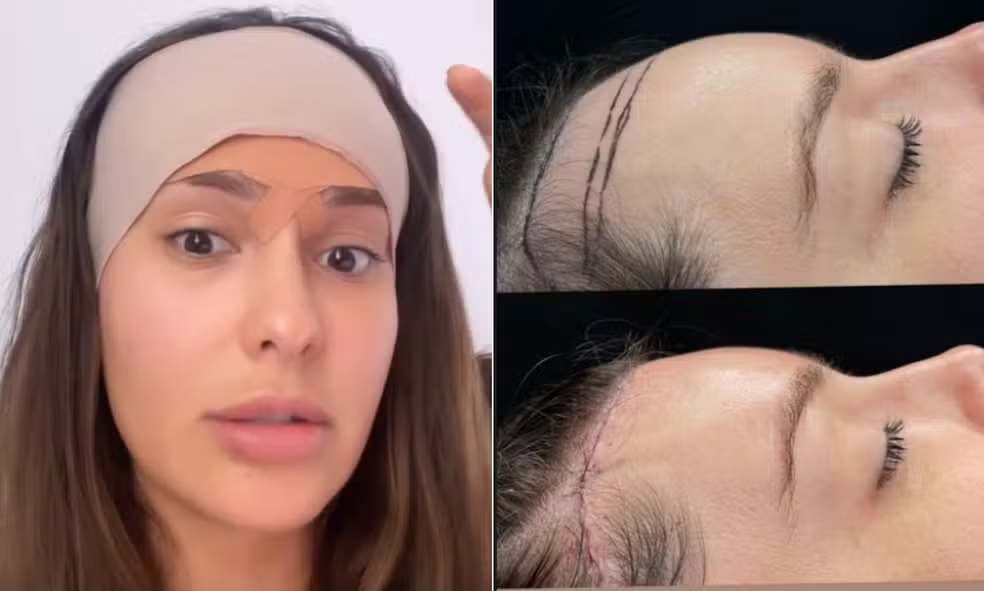Postoperative Hypotension After Liposuction: Causes, Symptoms, and Prevention
Postoperative hypotension is a common condition that can occur after surgical procedures like liposuction. Witnessing a patient faint or experience a sudden drop in blood pressure can be alarming for both patients and their families, but in most cases, this situation is temporary and easily manageable.
What is Postoperative Hypotension
Postoperative hypotension occurs when there is a significant drop in blood pressure following surgery. In liposuction cases, this usually happens during the first few days after surgery, due to factors such as anesthesia, fluid loss, dehydration, or reactions to medications.
Common symptoms include:
- Pale skin
- Excessive sweating
- Nausea and vomiting
- Feeling faint or temporary loss of consciousness
It is important to note that although this may scare family members, postoperative hypotension rarely indicates a serious problem, such as cardiac arrest or a seizure.
How to Recognize an Episode of Postoperative Hypotension
A typical episode can be identified when a patient briefly loses consciousness. This often occurs when the patient stands up quickly, removes their compression garment, or goes to the bathroom without assistance. During the episode, patients may show paleness, sweating, dizziness, and sometimes vomiting.
The correct immediate response by caregivers or family members is simple:
- Lay the patient down on a safe surface
- Elevate their legs to help blood circulation
- Wait for them to regain consciousness, which usually happens quickly
After the episode, it is crucial to contact the attending physician for guidance. Most of the time, there are no complications, but professional assessment ensures safety and peace of mind.
Preventing Postoperative Hypotension
Preventing hypotension after surgery is most effective with simple, consistent care. Key preventive measures include:
- Adequate hydration
Patients should drink 2 to 3 liters of water per day. Dehydration increases the risk of low blood pressure, especially in the first days after surgery. - Balanced nutrition
A nutrient-rich diet helps maintain stable blood pressure and faster recovery. - Supervision during daily activities
When removing compression garments or going to the bathroom, patients should be accompanied by a family member or caregiver. Supervision prevents falls and ensures immediate assistance if fainting occurs. - Communication with the doctor
Patients and family members should contact the physician whenever there are changes in consciousness or unusual symptoms. The doctor will provide guidance and reassurance.
Why Hypotension is Common After Liposuction
Liposuction involves removing fat, which can lead to fluid loss and minor circulatory changes. Additionally, anesthesia temporarily lowers blood pressure.
Postoperative medications can also contribute to hypotension. Therefore, while fainting may be alarming, in most cases, it is an expected, non-serious reaction.
Key Takeaways
Postoperative hypotension after liposuction is a relatively common and usually temporary condition. With simple measures such as hydration, proper nutrition, and family supervision, most episodes can be prevented or safely managed.
Remaining calm and following medical advice ensures the patient is in a safe environment. While episodes can be frightening for observers, blood pressure drops rarely pose serious risks, and consciousness typically returns quickly.
Remember: prevention and medical guidance are essential for a smooth, complication-free recovery after liposuction.






